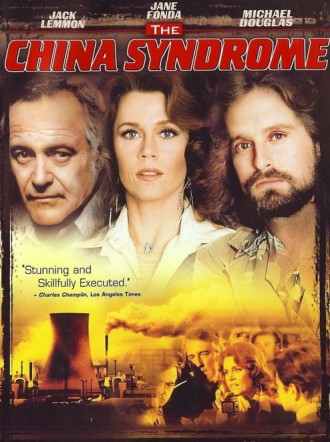 The US is going to spend $325 million on two new supercomputers, one of which may eventually be built to support speeds of up to 300 petaflops.
The US is going to spend $325 million on two new supercomputers, one of which may eventually be built to support speeds of up to 300 petaflops.
Deeply embarrassed by the fact that China has been ruling the super computer league tables for a while now, the US government is taking steps to unseat them from the top.
The US Department of Energy, the major funder of supercomputers used for scientific research, wants to have the two systems, each with a base speed of 150 petaflops, possibly running by 2017. Going beyond the base speed to reach 300 petaflops will take additional government approvals.
The DOE also announced another $100 million in “extreme” supercomputing research spending.
The funding was announced at a press conference at the US Capitol attended by lawmakers from both parties.
The two systems, which will be built at the DOE’s Oak Ridge and Lawrence Livermore National Laboratories, “will ensure the United States retains global leadership in supercomputing”.
Republican Chuck Fleischmann said, supercomputing was one of those things that that the US could step up and lead the world again,” he said. The Oak Ridge lab is located in his state.
Republican Bill Foster warned that the US’s technology lead is not assured and he blamed that most chip making was done over overseas.
Foster believed there is good bipartisan support for supercomputing research, but the research may face a problem if GOP budget proposals in the House slash science funding by double-digit percentages.
The US government is under pressure to abandon science funding because some constituents think it is better that people learn more about Jesus.
China has the top-ranked system, the Tianhe-2, at about 34 petaflops, and Japan and Europe have major investments underway in this area.
The new system to be built at Oak Ridge will be called the Summit. It will use about 10 megawatts of power, which is close to the power usage of Oak Ridge’s existing supercomputer, the Titan, which is ranked No. 2 in the world. The Summit will run five times faster than the Titan, despite using the same amount of power.
The new system to be built at the Lawrence Livermore lab in California will be known as Sierra.
These systems will use IBM Power CPUs and Nvidia’s Volta GPU, the name of a chip still in development.

















